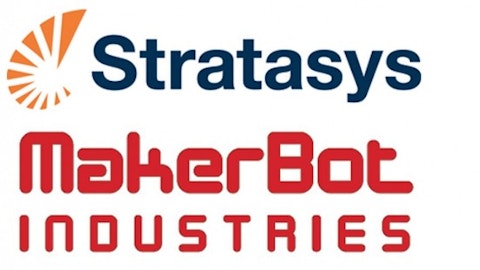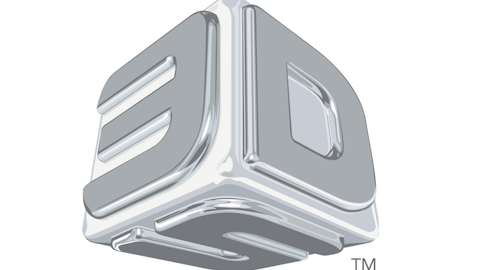Pettis looks like a Brooklyn hipster, with his thick-rimmed glasses and upswept hairdo. The company got its start in the borough, and he says keeping the factory here is a rational economic decision. Having the engineers nearby means the company can work fast and introduce more than one new model a year, a crucial advantage in the fast-moving 3-D printing space. Pettis also notes that labor costs are going up in Asia’s manufacturing hubs. “Brooklyn Pride” is also a factor.
“You can’t underestimate the power of people who take pride in their work,” he says.
Weijmarshausen moved Shapeways to the U.S. to get closer to its customers. He picked New York over cities such as San Francisco and Boston because of its design and fashion industry, which meshes well with 3-D printing.
Alas for New York, the consumer 3-D printing industry is still a tiny one, and there’s no indication that it could singlehandedly reverse the long, slow flight of manufacturing jobs. Of the 1 million manufacturing jobs the city had at its peak during World War II, 93 percent are now gone, according to the U.S. Bureau of Labor Statistics. The Shapeways factory has 22 employees and plans to ramp up to at least 50, while MakerBot employs 274 people. And the jobs aren’t necessarily well-paid; Pettis says the MakerBot factory workers make “more than minimum wage.”
But Weijmarshausen points out that Shapeways has the potential to provide a livelihood for many more people — successful designers. There are already hundreds of them making “substantial” money from their online Shapeways stores, but he won’t reveal specific figures.

Dice printed from a 3-D printer at the Shapeways factory. AP Photo
In a larger sense, 3-D printing opens up the possibility of a new type of manufacturing economy, one that aligns more closely with the strengths of American creative meccas like New York than with the strengths of China.
David Belt, a real estate developer whose company is refurbishing the New Lab space in the Brooklyn Navy Yard, says there’s a demand for products that are made in runs of less than 10,000 units. That’s too few to be economical using conventional injection-molding of plastic, but viable with 3-D printing.
One example of the combined power of 3-D printing and direct-to-consumer sales is the Spuni, a new type of spoon for babies. Boston couple Isabel and Trevor Hardy noticed that a baby taking a bite from a regular baby spoon leaves a lot of food on the utensil. Together with their friend Marcel Botha, an entrepreneur who makes medical devices, they sketched up a new spoon that “front-loads” the food, leaving less uneaten. Thanks to a 3-D printer, they had a prototype utensil eight days later, ready to test with a live baby.
“We were able to reproduce what the final spoon would look like physically at a very low cost,” Botha says.
With the prototype, Botha and his partners were able to demonstrate the Spuni to buyers through a video on crowdfunding website Indiegogo. Their campaign for donations raised $37,235 — enough to start a mass production run. The spoons are being made in a traditional factory in Germany, but Botha is running the Spuni project from the New Lab in Brooklyn.
On the factory floor in Brooklyn, Adjua Greaves, 32, does quality assurance work, testing MakerBot printers before they’re shipped. She used to work in publishing, a signature New York business that’s been hurt by the rise of e-books. After freelancing for a while, Greaves wanted a steady job, and says she had “a romantic idea about working in a factory,” partly inspired by a Sesame Street episode about the making of crayons.
“I always wanted to have a connection to a factory, but more as an intellectual observer,” she says. “The romantic idea of a factory is very, very different from what it’s really like in a factory, but it’s really, really wonderful to be here.”
The article Fledgling 3-D Printing Industry Finds Home in NYC originally appeared on Fool.com and is written by Associated Press.
The Motley Fool recommends Stratasys. The Motley Fool owns shares of Stratasys.
Copyright © 1995 – 2013 The Motley Fool, LLC. All rights reserved. The Motley Fool has a disclosure policy.



